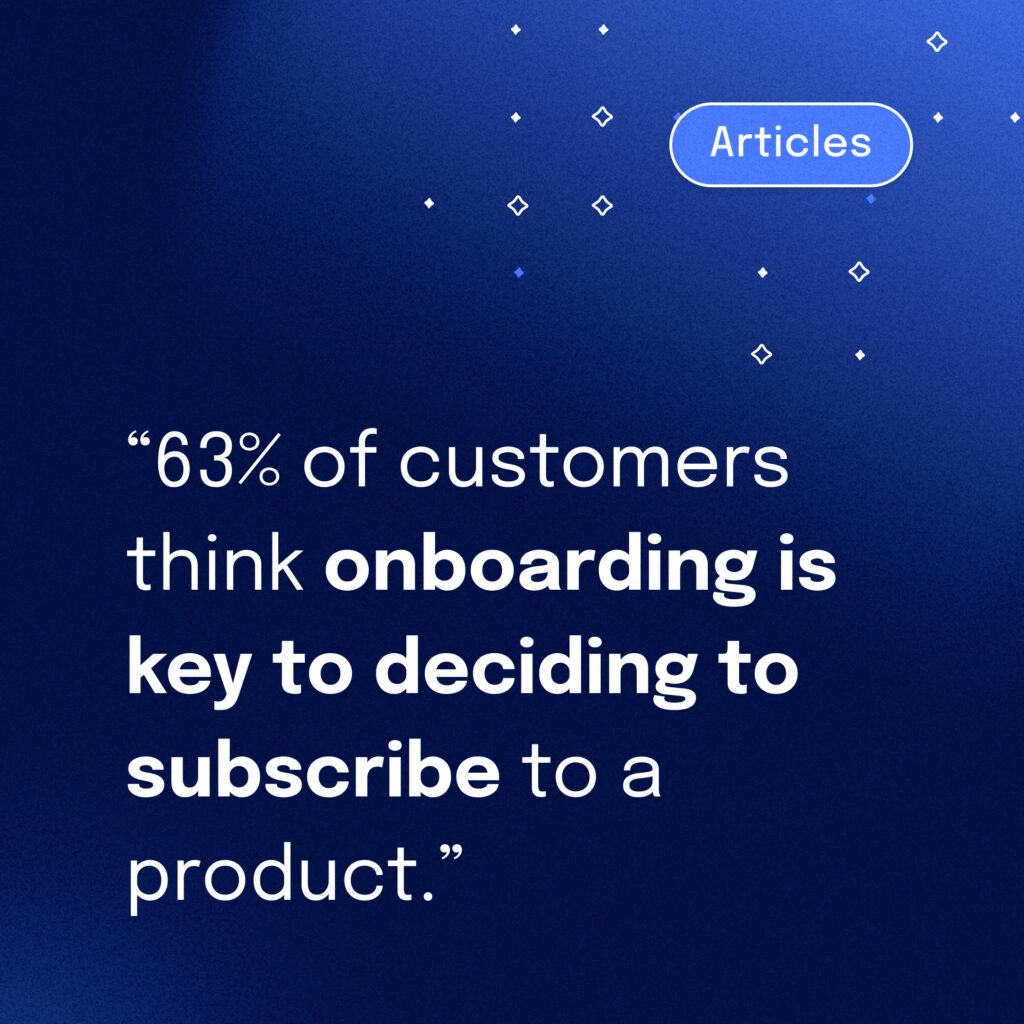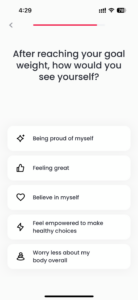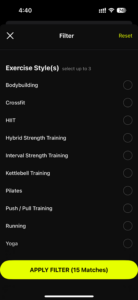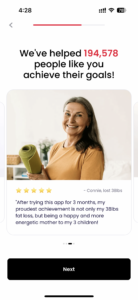By Claire Franck, Product Owner at Amalgama.
In the increasingly competitive world of fitness apps, the onboarding experience plays a crucial role in driving conversion and determining their success. As a product manager with a keen interest in product psychology, I’ve recently conducted a research benchmark of the top grossing fitness apps and uncovered fascinating patterns in their onboarding strategies. It would be foolish to think that these patterns are not merely coincidental; they are deeply rooted in cognitive biases that influence user behavior and drive engagement. In this article, I will share these insights and how they can be applied to create compelling and effective onboarding experiences.
The importance of Onboarding
Onboarding is the first interaction a user has with an app, setting the tone for their entire journey. A seamless, engaging, and motivating onboarding process can significantly enhance user retention and, more importantly, boost conversion rates. According to userpilot:
63% of customers think onboarding is key to deciding to subscribe to a product
This means that user onboarding is a turning point for new customers, where they initially decide whether they want to continue using your app and become paying customers. Of course the top grossing fitness apps understand this and leverage psychological principles to ensure users are not only intrigued but also committed to their fitness goals from the get-go. We could debate whether some are borderline dark patterns: is it okay to leverage these biases towards promoting healthier lifestyles? I’ll just shed a light on these practices and let you dwell on the ethics behind them by yourselves.
Key Patterns in Onboarding Experiences
1. Personalization and Commitment Bias
One of the most prominent patterns observed is the use of personalization right from the start. Top fitness apps often begin by asking users to input personal information, such as their fitness goals, current fitness level, and preferences. This leverages the commitment bias, where individuals are more likely to stick to a course of action once they have made a personal commitment. By customizing the experience based on user input, these apps create a sense of ownership and personal investment. This creates investment loops; when users invest themselves, they’re more likely to come back.
2. Gamification and Reward Systems

Many successful fitness apps incorporate gamification elements in their onboarding process. This includes setting initial goals, providing virtual rewards for completing setup tasks, or adding a progress bar to showcase the road towards completion. This taps into the reward system in the brain, making the onboarding process enjoyable and motivating.
Right from the start, many fitness apps guide users to set personalized fitness goals. These goals might include daily step counts, weekly workout targets, or long-term weight loss objectives. This initial goal-setting helps users visualize their fitness journey and become more invested in the app.
3. Social Proofs & Norms
Displaying social proof is another common strategy. This could be through showcasing user testimonials, community achievements, or live counters of active users. Social proof, a psychological phenomenon where people mimic the actions of others in an attempt to reflect correct behavior in a given situation, can significantly enhance user trust and engagement. Leveraging this cognitive bias, these apps reassure new users that they are joining a thriving, supportive community, which can significantly reduce apprehension and increase trust.
One of the most direct ways to incorporate social proof is through user testimonials. Highlighting community achievements is another effective way to leverage social proof. This can include statistics such as the total number of pounds lost by the community, the number of workouts completed, or the collective distance run by all users. These achievements create a sense of participation in a larger movement, fostering a communal spirit.
4. Simplification & Guided tours
Simplifying the onboarding process and providing guided tours is another strategy that stood out. Top apps break down the setup into small, manageable steps and provide clear, concise instructions to minimize the effort of answer each question, thus increasing the likelihood of the user completing the onboarding questionnaire. Each new step reinforces their own commitment to their fitness goals.
 This way of presenting information reduces cognitive load and prevents users from feeling overwhelmed. The paradox of choice is mitigated by offering few options and guiding users through clean, simple interfaces, ensuring they understand the app’s value without feeling bombarded with information. The smaller the initial ask, the smaller the fight or flight response and the more likely they are to continue answering questions. Especially since the brain likes to be consistent with its previous actions. It’s part of the reason why multi-step forms can perform much better than a big single-step form.
This way of presenting information reduces cognitive load and prevents users from feeling overwhelmed. The paradox of choice is mitigated by offering few options and guiding users through clean, simple interfaces, ensuring they understand the app’s value without feeling bombarded with information. The smaller the initial ask, the smaller the fight or flight response and the more likely they are to continue answering questions. Especially since the brain likes to be consistent with its previous actions. It’s part of the reason why multi-step forms can perform much better than a big single-step form.
Applying this
To create a successful onboarding experience for a fitness app, consider incorporating these patterns and principles:
- Personalization: Collect relevant user data early on and tailor the experience to individual preferences and goals.
- Gamification: Introduce elements of fun and competition through virtual rewards, achievements, and progress bars.
- Social Proof: Highlight testimonials, community stats, and user success stories to build trust and a sense of belonging.
- Simplification: Break down the onboarding process into easy steps and provide clear, guided tours to reduce cognitive load.
Conclusions
Understanding and leveraging cognitive biases in the onboarding process can significantly enhance user engagement and retention. The top grossing fitness apps have mastered this art, creating experiences that are not only intuitive and personalized but also psychologically compelling. By applying these insights, you can design an onboarding experience that not only captivates users but also fosters long-term commitment and success.
Curious for more?
Subscribe to our Newsletter
Be the first to dive into the latest tech trends!













